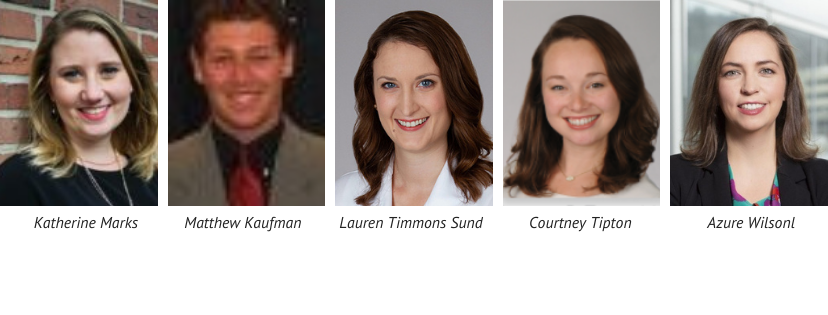Congratulations to the ten recipients of the NSDA Research Travel Award for the 2021 Fall Voice Conference. By bringing investigators together to present their research on spasmodic dysphonia and related voice conditions, we are making connections that will help further their interest in voice and ensure that it will continue to be an area of focus for future research.


PODIUM PRESENTATIONS
William Gao, MD | Georgetown University Medical Center, Washington DC
Early Safety and Experience with a Novel Silk Protein Microparticle-Based Material used for Vocal Fold Injection Medialization
Ameer Ghodke, MD | UNC Department of Otolaryngology/Head and Neck Surgery, Chapel Hill, NC
Smartphone Applications Offer Superior Voice Data Collection from Patients Over Traditional Methods
Julio Hidalgo Lopez | Emory University School of Medicine, Atlanta, GA
Quantifying and Improving Performance of Voice Recognition Systems on Dysphonic Voices
William Kady, DO | Ascension Providence Department of Otolaryngology, Macomb, MI
Acoustic Parameters and Voice Handicap Index: Which One is a Better Predictor of Voice Improvement?
Emily Kimball, PhD, CCC-SLP | Vanderbilt University Medical Center, Nashville, TN
Localization of Mechanotransduction Channels in the Human Larynx
Katherine Marks, PhD, CCC-SLP | Boston University, Winthrop, MA
Psychometric Analysis of an Ecological Vocal Effort Scale in Individuals with and without Vocal Hyperfunction during Activities of daily living
POSTER PRESENTATIONS
Matthew Kaufman, BA | University Hospitals Cleveland Medical Center, Cleveland, OH
The Incidence and Evaluation of Postoperative Dysphagia Following an Anterior Cervical Discectomy and Fusion
Lauren Timmons Sund, CCC-SLP, MS | USC Voice Center, West Hollywood, CA
Respiratory Particle Emission During Voice Assessment and Therapy
Courtney Tipton, MD | Medical University of South Carolina, Charleston, SC
Comparison of Esophagram and pH Testing for the Diagnosis of Reflux
Azure Wilson, CCC-SLP, MS | University of Pittsburgh, Pittsburgh, PA
Comparison of Two Surgical Methods to Simulate Unilateral Vocal Fold Paralysis in an ex vivo Rabbit Model


